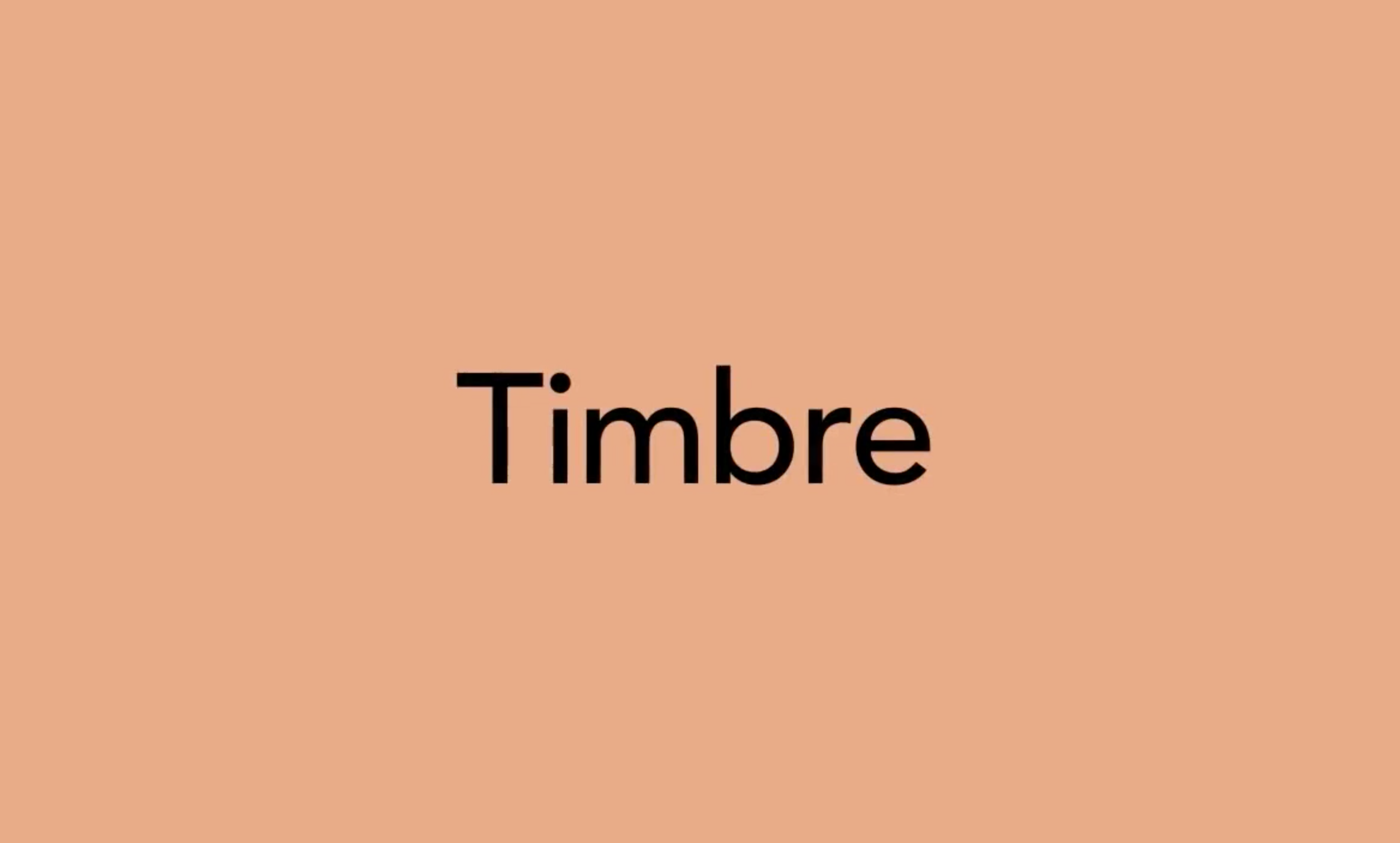I hope you are enjoying learning at home!
Today, we are beginning a new musical topic all about timbre.
In our lesson today, we are going to:
- learn about timbre
- begin with a warm up song
- explore the families of the orchestra - in particular, the percussion family
- understand how the instruments are classified
- sort some of our own sound sources in the home based on their timbre.
For these sessions make sure you have a pen, pencil, some paper, and something
that you can shake, bang or play as a musical instrument.
Lesson Four - Timbre and Classifying Instruments
Timbre is:
- A very important musical term describing the tone of sound
- Understanding timbre can help you to describe the music you hear
- Timbre is the quality of a musical note
- It is what makes one musical note sound different from another one
- Words like round, brassy, sharp, or bright can be used to describe the timbre of a sound.
Some more thoughts about timbre...
- A good comparison to timbre in music is the flavour of different apples: they are all apples, but they all have their own flavours
- A violin will have a different timbre to a guitar, even though they are both stringed instruments and can play the same notes
- Even two violins have different timbres! This is because sounds - not just those in music - have multiple layers of tone
- Experienced musicians can bring these sounds out of their instruments and expressively use timbre in music.
To watch a quick video which explains timbre, please click on the picture below:
That was a lot to learn! Could you explain timbre to a spaceman?
You are now ready to meet Miss Miner for the main part of our lesson. We will be looking at:
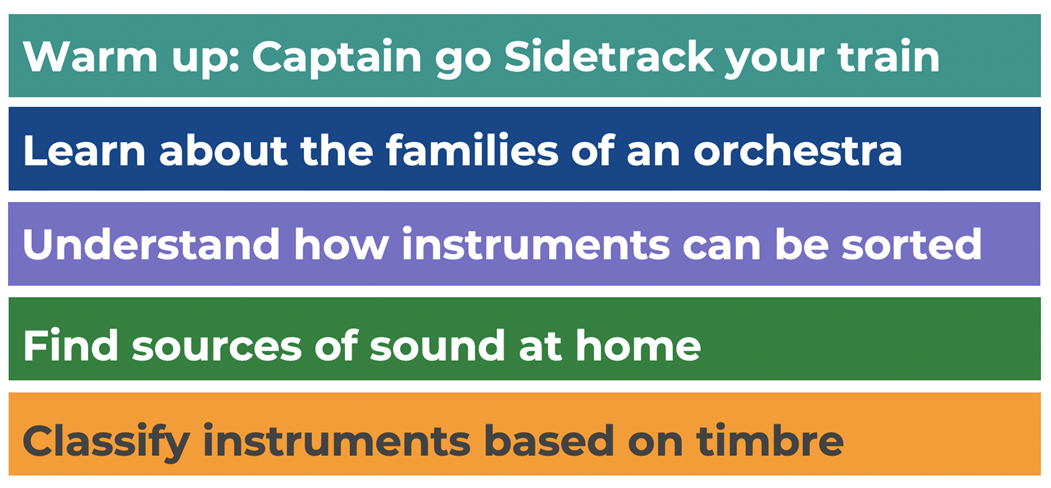
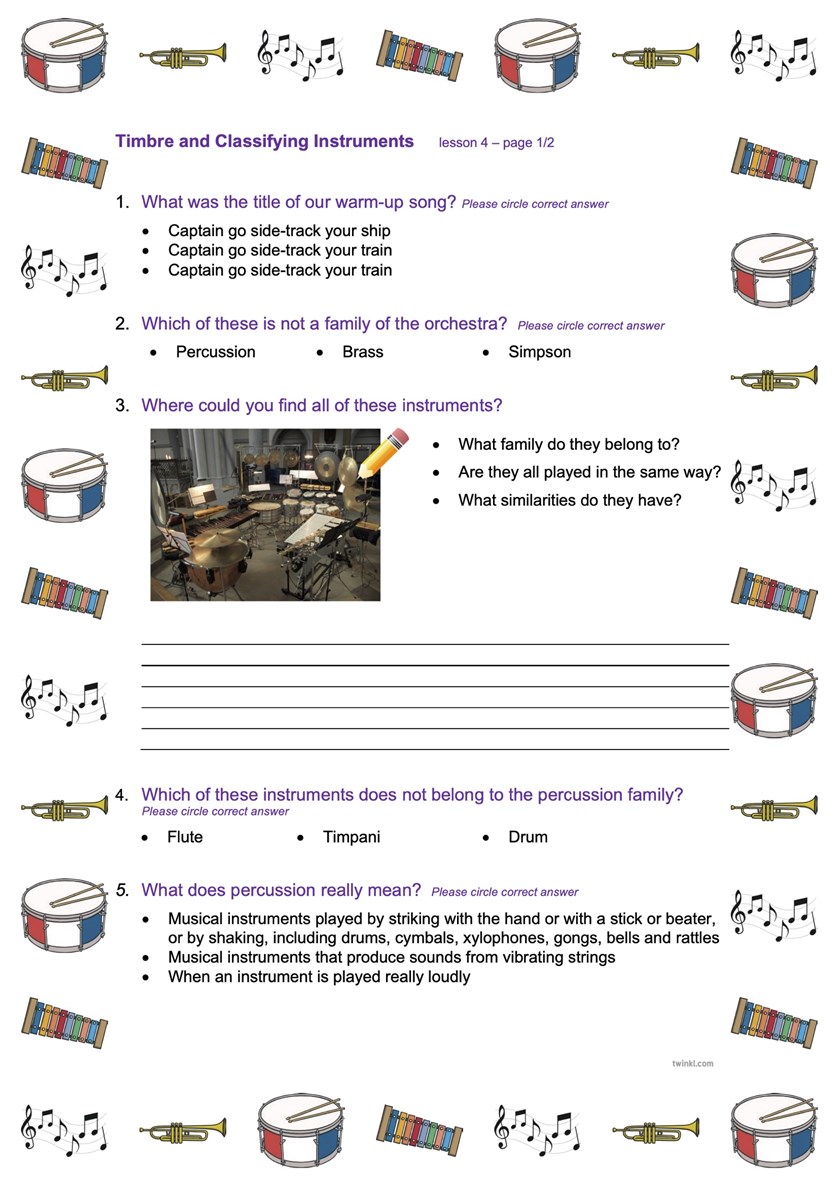
|
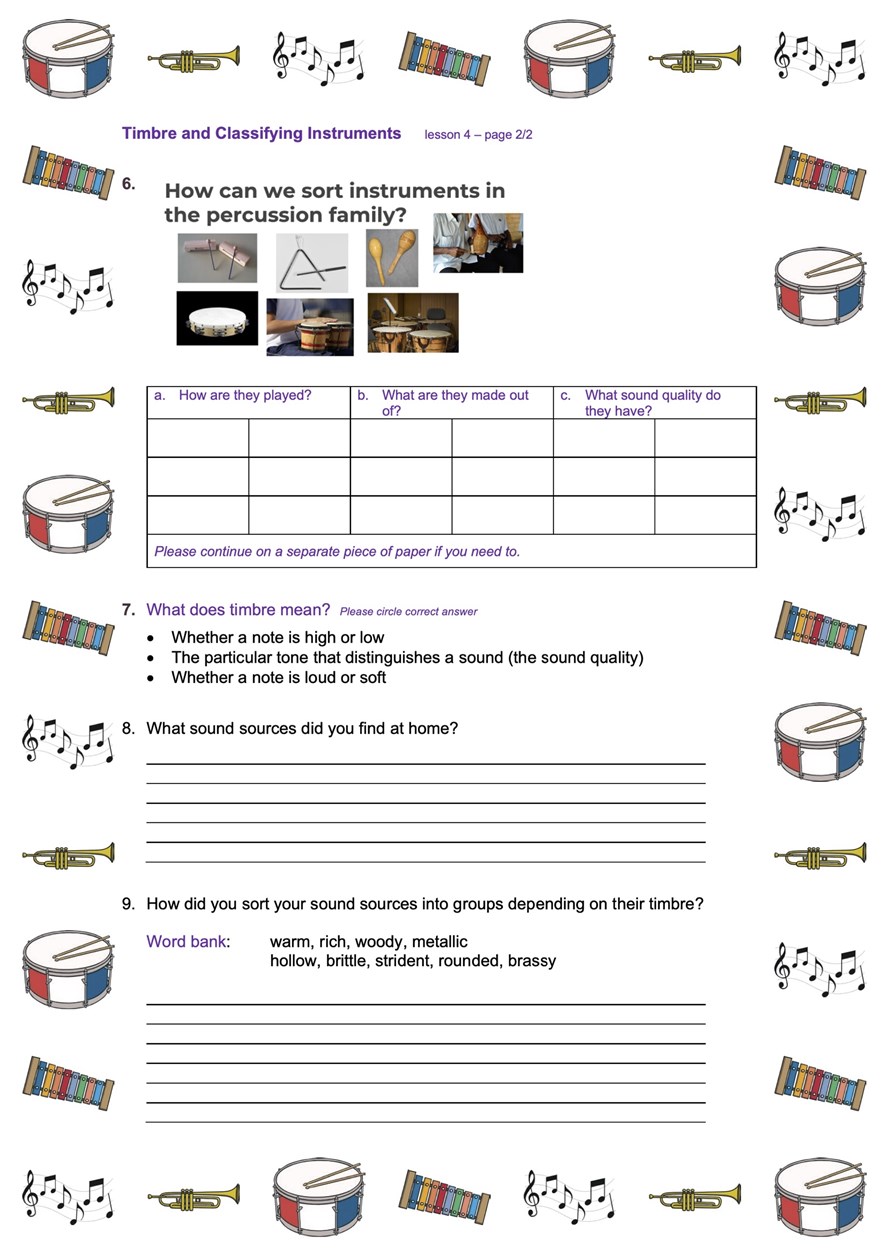
|
For the lesson, you will also need:
- paper and pencil to make notes and answer questions
- your imagination finding instruments in your home - the kitchen is a good place to start!
The Lesson Video
Please click on the box below to join the lesson:
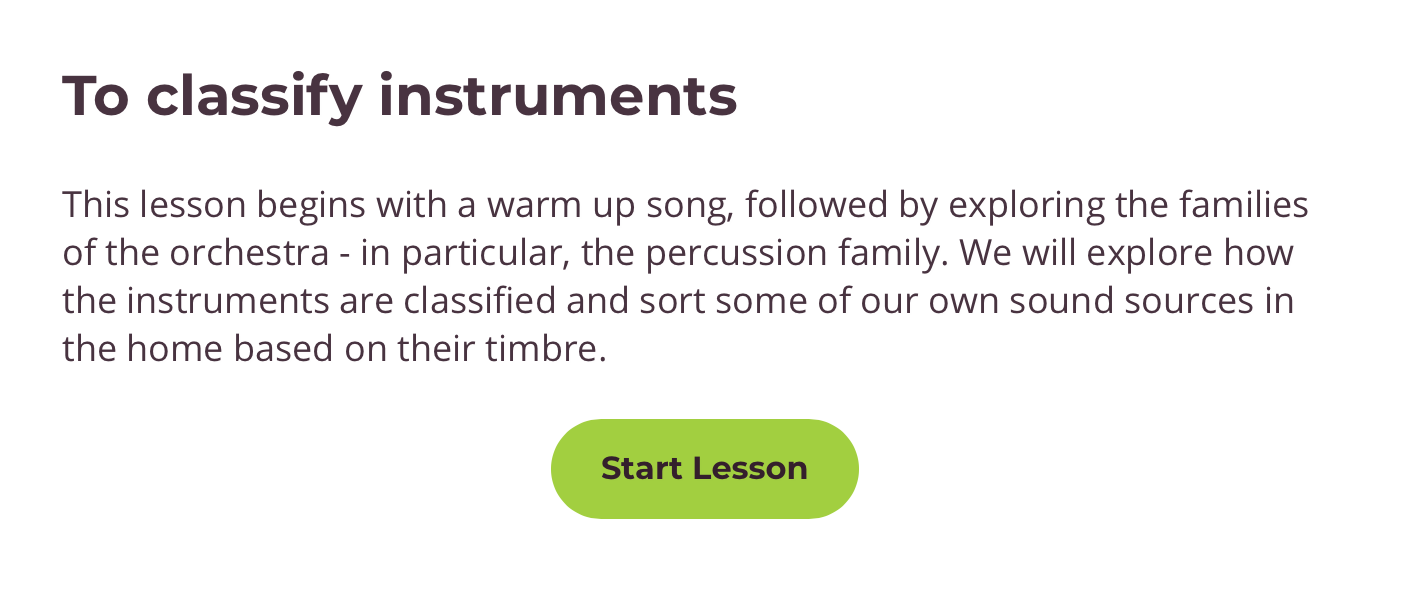 |
That is the end of our first lesson about timbre, and how we can classify
instruments into different groups based on the quality and tone of sound
that they make. I hope you enjoyed it!
Once you have watched the video and taken part in all of the activities, please
make sure that you have completed the two page worksheet.
Please send your completed worksheet to your class teacher for me in the
usual way - a photo or a scanned copy will be fine.
I am looking forward to reading your answers.
See you next time!
Mrs Sumner
Thank you to the wonderful people at the Oak National Academy for sharing this lesson with us.
Autumn Term 2025
Fun, Inspiring (and often quite loud!) Music Lessons for Home School Hubs and Primary Schools
Specialising in:
- Primary Music Curriculum provision
- Whole Class Instrumental teaching
- Includes free use of instruments!
07941 282311
In association with
Little Strummers
"I found it very interesting and I thought that children learned about rhythm, by using body percussion without even realising that they were in a lesson, because it was so much fun for them!"
"I would highly recommend it!"
"I thought the song was lovely - there was a nice mix of playing the bowls, clapping, singing and actions. The whole idea of kitchen percussion is a brilliant one for lockdown but good in usual times too."
"The level of what you did/taught was perfect for their age and similar to things they do at school."
"The children all thoroughly enjoyed the session and were engaged throughout. They enjoyed having the opportunity to hold their own ukulele and learn to play along to some simple songs."
"The session was delivered brilliantly and the different stages were broken down into small sections to allow all children to participate."

